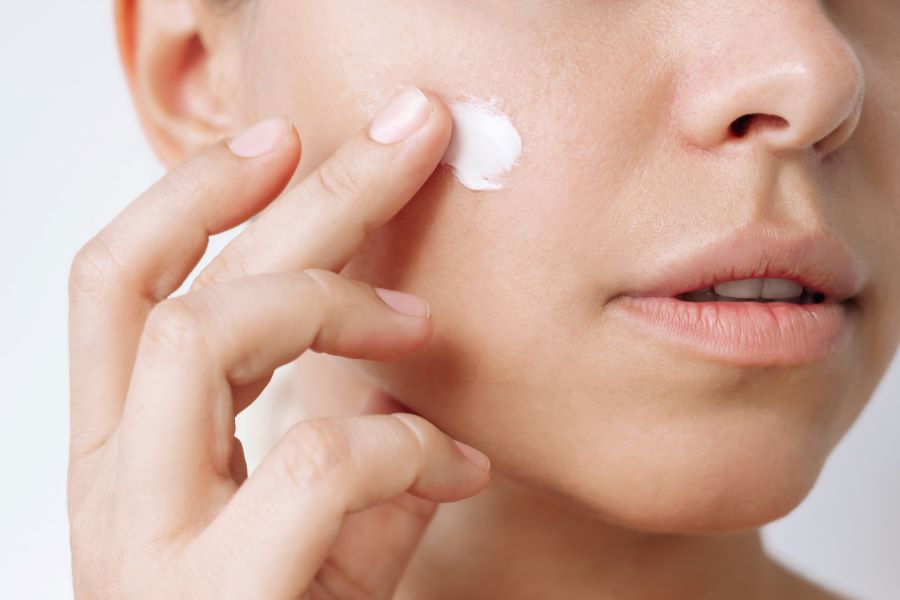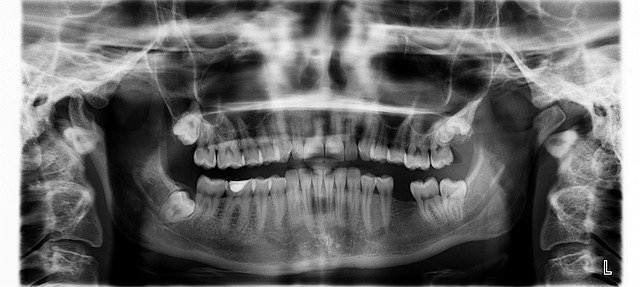Understanding Blackheads — What Triggers Them and Why
Blackheads form when pores get clogged with oil and dead skin—often due to excess sebum production or buildup of debris. This overview explores where they tend to appear how daily habits can impact them and why some skin types see more frequent breakouts.

What Causes Blackheads to Form on the Nose?
The nose is particularly prone to blackheads due to its high concentration of sebaceous glands. These glands produce natural oils that can combine with dead skin cells, creating blockages in the pores. Environmental factors like humidity, pollution, and sweat can exacerbate the problem by trapping debris in the pores. The nose’s unique anatomy, with its numerous and often larger pores, makes it especially susceptible to blackhead formation.
How Do You Recognize Signs of Clogged Pores?
Early signs of clogged pores include a rough or uneven skin texture, enlarged pore appearance, and a slightly bumpy surface. The skin may feel oily, especially in the T-zone area, and appear dull or lackluster. When examining your skin closely, you might notice small, dark spots developing or a general congestion in certain areas, particularly around the nose and chin.
What Are Common Triggers for Facial Blackheads?
Several factors can contribute to blackhead formation:
-
Excessive oil production, often triggered by hormonal changes
-
Improper cleansing routines or using comedogenic products
-
Heavy makeup or skincare products that clog pores
-
Diet and lifestyle factors, including high sugar intake
-
Touching your face frequently with unwashed hands
-
Environmental pollutants and humidity
How Does Skin Texture and Pore Size Impact Blackheads?
Skin texture and pore size play crucial roles in blackhead development. Naturally larger pores are more susceptible to becoming clogged with debris and oil. While pore size is largely determined by genetics, certain factors can make them appear more prominent, including:
-
Age-related loss of skin elasticity
-
Sun damage
-
Chronic inflammation
-
Excessive oil production
-
Dehydrated skin
What Are Effective Ways to Manage Recurring Blackheads?
A consistent skincare routine is essential for managing blackheads:
-
Double cleanse daily, especially if wearing makeup
-
Use non-comedogenic products
-
Incorporate chemical exfoliants like salicylic acid or beta-hydroxy acids
-
Apply clay masks weekly to absorb excess oil
-
Keep skin properly hydrated
-
Consider professional treatments for persistent cases
Which Treatment Options Are Most Effective?
| Treatment Type | Effectiveness | Average Cost Range |
|---|---|---|
| Over-the-counter products | Moderate | $10-30 |
| Professional extractions | High | $50-150 per session |
| Chemical peels | High | $100-300 per treatment |
| Prescription medications | Very High | $30-100 per month |
Prices, rates, or cost estimates mentioned in this article are based on the latest available information but may change over time. Independent research is advised before making financial decisions.
Regular maintenance and prevention are key to managing blackheads effectively. While some treatments provide temporary relief, understanding your skin’s specific needs and triggers allows for more targeted and successful long-term management. Remember that results vary by individual, and what works for one person may not work for another.
This article is for informational purposes only and should not be considered medical advice. Please consult a qualified healthcare professional for personalized guidance and treatment.




